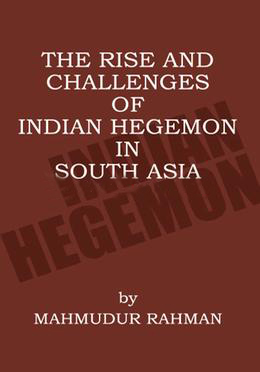South Asia is the largest region in the world in terms of population and India is the most dominant power among the eight member states of the regional group, South Asian Association for Regional Cooperation (SAARC), two of which, India and Pakistan, possess nuclear weapons. Throughout the history of post-partition India, the region is regarded as strategically very important and potential conflict zone. This book particularly studies the historical behaviour of India to identify its position in the regional sub-system of the post-colonial South Asia. It is an endeavour to understand the very interesting and intriguing history of conquest and human migration, religion, culture, and geopolitics in the region that starts from Afghanistan, situated along the turbulent, nostalgic and colourful border between the Central and South Asia, up to the Bay of Bengal adjacent Bangladesh at the Eastern tip, along with Himalayan states of Bhutan and Nepal in the north, sandwiched between the giants China and India, and finally Sri Lanka and Maldives in the south.
The book tells the story of formation of South Asia touching upon the sensitive subject of hegemonic aspiration of a dominant regional power. Encompassing a long period from ancient times of migration of people from Central Asia to India, it narrates a political history in search of finding the present hierarchical structure in the most populated region in the world.





